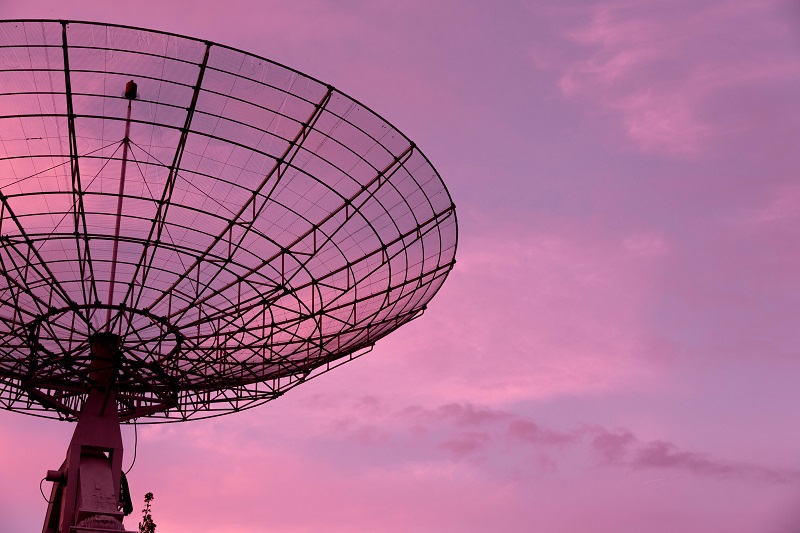On January 29, North Sutton, NH-based Labsphere, Inc. announced the beginning of a groundbreaking commercial global satellite and airborne calibration network called FLARE. Labsphere has established a licensing agreement with Waltham, MA-based Raytheon Company for their patented SPARC mirror technology. By combining SPARC with Labsphere’s technology, expertise, and leadership in remote sensing calibration, Labsphere will create and operate a network of FLARE sites for use by government and commercial entities.
The new FLARE network will offer dynamic, instrument-tailored, fixed and mobile calibration sites that can be used by any type of imaging system to capture a calibrated “Look”. In a signal image, the FLARE look can provide a range of traceable imager optical performance information including radiometric and spatial performance. Labsphere’s FLARE technology will increase the frequency of verification and the fidelity of data from next-generation earth observing devices. This on-demand calibration will be available as a cloud-based subscription service offering a range of products at fractional costs as compared to traditional vicarious calibration methods. Construction has commenced with first network availability in mid-2020.
Earth observation by satellites and aerial sensors is increasing at a nearly exponential rate thanks to the growing adoption by commercial imagery applications. According to the Satellite Industry Association, hundreds of satellite launches will be completed in 2019 with increasing deployments in the coming years. Many of these commercial satellites are short-lifetime imagers with high optical resolution but limited or no means of internal calibration and image verification.
The demand for satellite data and imagery that can be easily and directly shared within a constellation or with other satellite applications is adding pressure for improved data quality. Increasingly, the concepts of “Analysis Ready Data (ARD)”, or “inter-operability and harmonization” are being discussed to provide standards for data that is calibrated and ready for analytical use with little or no post-processing. Better optical calibration is a fundamental change that could create new paradigms of data usage and utility. However, the current absence of a means of advanced, frequent, and affordable calibration has so far inhibited a common baseline reference to enable ARD adoption.
“We’re creating an array of stars on the ground that you can use as calibration references,” said Stephen Schiller, senior systems engineer and calibration scientist at Raytheon Space and Airborne Systems. “SPARC uses convex mirrors to create small, reference targets for sensors. Those targets reveal the sensitivities found within each remote sensor.”
Chris Durell, Remote Sensing Business Development Director at Labsphere noted: “The SPARC mirror technology in the FLARE network provides a constant optical reference via global placement of small, automated, synthetic calibration targets tailored to individual satellites and constellations. FLARE’s on-demand, automated, flexible and mobile nature will augment the established vicarious calibration methods while providing an affordable, traceable calibration to any imager GSD for emerging ARD needs.”
Source: Labsphere









